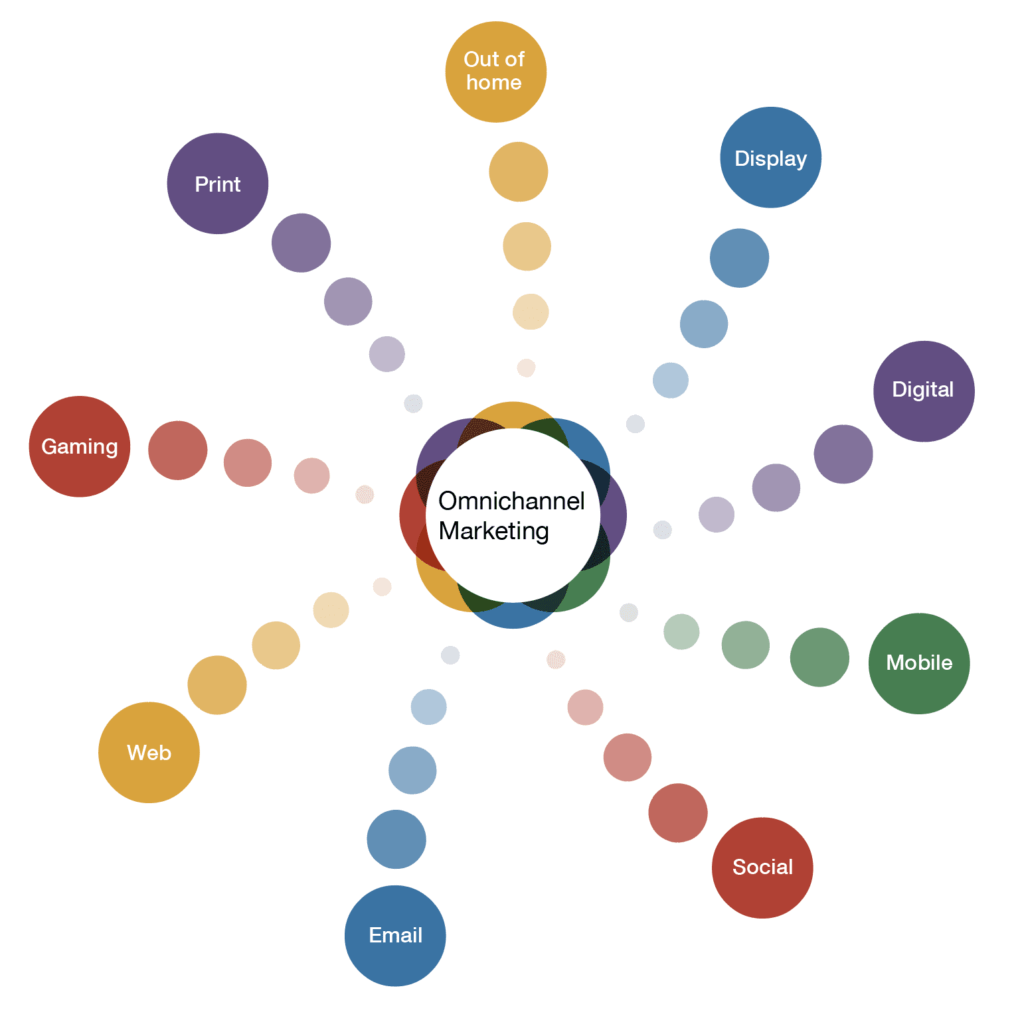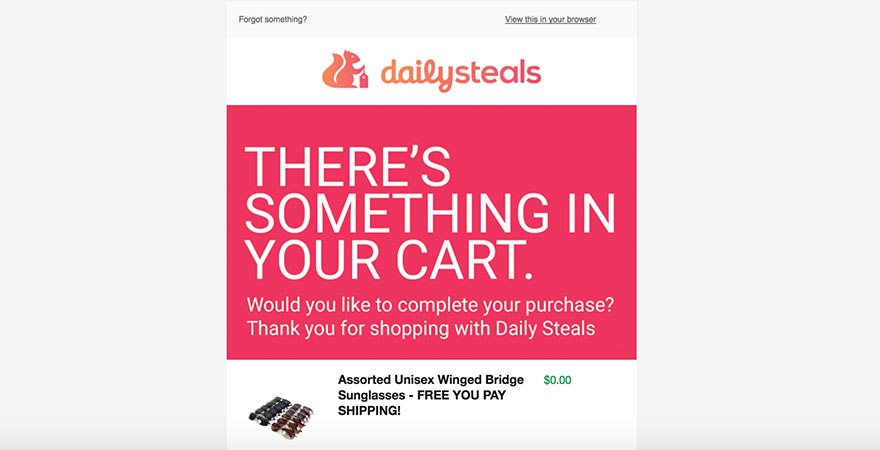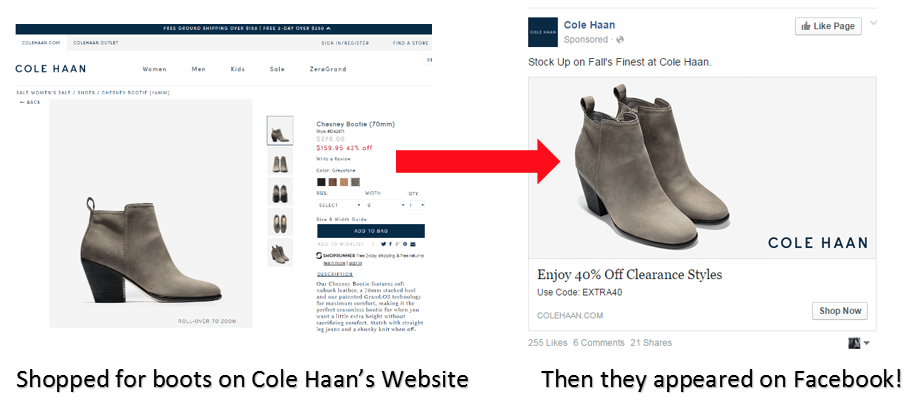Your 10-Point eCommerce Conversion Rate Optimization Checklist
The average conversion rate for an eCommerce website is about 2.80 percent globally. In the U.S. alone, that number might be a little lower — something like 2.60 percent.
To anyone new to the world of marketing and business, this average might seem very low, but it truly is a global average, with some industries enjoying slightly higher or even slightly lower rates than others.
Whether or not you’ve looked at your own eCommerce site’s conversion rates lately (you should), you might be concerned about how well your site is converting to leads and sales.
And you have every reason to be concerned — a low conversion rate implies low ROI, meaning the money you’re shelling out for marketing, lead generation and sales isn’t making the results it ought to.
Want to see better conversions on your eCommerce platform? Check out my 10-point conversion rate optimization checklist.
eCommerce Conversion Rate Optimization Checklist
Improve your website loading speed
One of the very first things you can do as part of a good conversion rate optimization strategy is speeding up your website — even a one second lag can impact customer satisfaction and experience.
And many times, your hosting provider may have a very direct impact on your page speeds.
Over half of the world’s websites are hosted on WordPress, so if you have a WordPress blog and site (and WooCommerce plugin), you could stand to benefit from choosing among the best WordPress hosting providers.
And if you’re truly serious about improving your eCommerce site performance, you may want to consider dedicated hosting instead of shared hosting.
The difference between the two is that the latter means you’re sharing hosting resources with other users, while the former is your own site’s hosting and environment. As you might expect, this plays a significant role on your website loading speed.
Dedicated hosting is a bit of an investment but compared to the speed and performance you get, it may very well be what stands between good and great customer experience.
Consider using omnichannel marketing
These days, it’s no longer enough to just use one channel for your marketing efforts.
The alternative today is omnichannel marketing, or using multiple touchpoints, including customer feedback — like word-of-mouth, user-generated content and in-store experiences — as channels to help build a brand, communicate promotions and ease customers through a journey.
For example, if you only operate as an eCommerce store, you can use touchpoints like customer reviews on products, social media promotions, pay-per-click advertising and user-generated content to create your own effective omnichannel marketing campaign.
Increase content personalization
Personalization has become a hot topic among marketers in recent years, especially with the rapid improvement of current technologies.
Now, it’s even easier to create customized customer experiences, curating content based on interests and other attributes. The easiest way to do this is by segmenting your audience, then figuring out what kind of content and promotions to send them based on that segment.
This makes for a great way to send tailored emails. For example, a retail company might send somebody recommendations based on their previous purchases, only in different colors or related styles.
You can also create very personalized content in the form of great copywriting. Speak in the way that your audience speaks, and even make it hyper-personalized based on their segments.
Simplify your checkout process
An overly complex checkout process might be seriously hurting your conversion rates.
To make things as streamlined as possible for your audience, make the shopping cart icon accessible across all pages, enable guest checkout and be very transparent about any additional fees like tax or shipping.
Also consider making your content shoppable, both on your site’s home and product pages or even social media posts.

Optimize your images
One reason your eCommerce site might be performing poorly is from a lack of optimized images.
Optimizing images essentially means reducing the file size without sacrificing quality. There are easy ways to do this without paid tools, and there are a number of image optimization best practices you should look at to make sure your images won’t slow down your site or sacrifice customer experience.
Retarget abandoned carts
There could be a myriad of reasons why a user abandons their cart: something came up, they thought twice about a purchase or maybe just need more time to consider their options.
It’s nothing personal; it’s simply the way people are shopping, whether in-store or online. But one advantage eCommerce has over brick and mortar is the ability to retarget abandoned carts, or follow users to another site or platform to remind them about the products they were viewing.
If a user abandoned a cart after putting in contact details like their email, you might be able to send a follow-up email right away. If not, consider installing pixels on your product pages so you can use paid retargeted ads that show up on social media or other websites.
Include testimonials and trust badges
Today, 60 percent of people say user-generated content is the most authentic form of content. And part of user-generated content includes testimonials and customer reviews.
People trust other people, even people they don’t know. So if you’re filling your pages with glowing reviews, testimonials and visual social proof, you can bet your conversion rates and sales will get a major boost.
It’s so easy to curate user-generated content and display them across your webpages and product pages with the right UGC platform.
Offer incentives like free shipping
A report by Accent has shown that 88 percent of shoppers are more likely to purchase from a brand that offers free shipping.
While online shopping is already desirable for so many consumers – added convenience, special deals and discounts – price still remains an important factor before completing checkout.
Consider a shopper looking for a new pair of shoes. On one site, they find a style they like and are ready to check out. Then they see that there’s an additional $5 for shipping to their location.
You can already expect that this customer will be hesitating to make a purchase and may look for alternative eCommerce sites that might offer a better deal, even if they have to settle for a different pair of shoes.
Other incentives you can offer include exclusive discount codes for first-time visitors and even loyalty coupons for frequent shoppers.
Add live chat
Live chat offers a more seamless way to connect personally to shoppers, answer frequently asked questions or help them understand the full range of your offer.
You can opt to use bots for pre-formatted questions and answers, or invest in customer service personnel to assist shoppers who come across your site.
This is a small tweak, but it can make a huge difference in conversions, especially if your live chat helps prospective buyers answer all their questions, doubts and concerns before they purchase.
Make testing a habit
As a rule of thumb, you should always be testing. This article by Hosting Canada makes a good point about the importance of experiments and ongoing evaluation:
“Testing isn’t a one-time operation. Your website should be monitored around the clock using automation and some of the available tools for performance and speed testing, in order for the results to have any meaning.”
Don’t be afraid to continually test landing pages, site tweaks, copy changes and site add-ons. Over time, you get to know which combinations and formulas give you the best results, allowing you to create high-converting pages and experiences that almost always convert faster.
Key Takeaways
Your conversion rates don’t need to stay at an all-time low. There are some actionable steps you can take right away and constantly implement to improve how your eCommerce site performs. Use this checklist to review different strategies that can skyrocket your own conversion rates today.







